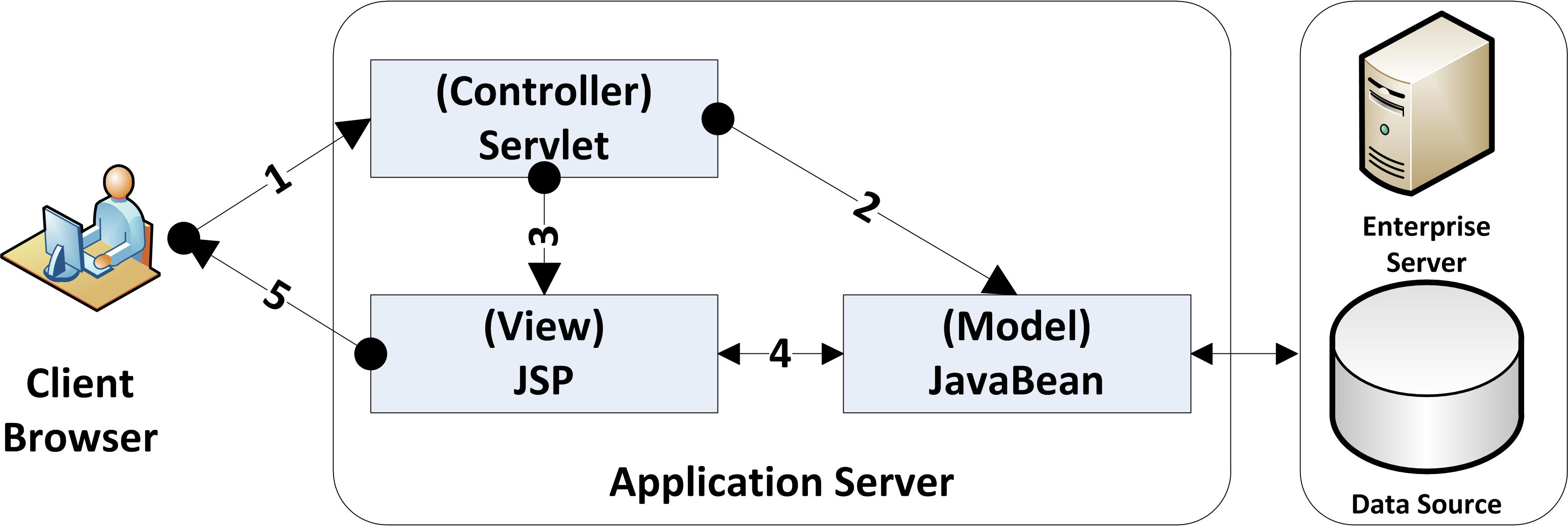Enterprise application requires many services to realize various uses cases. These services are mandatory and form the backbone of the application in many ways. Changing business scenarios requires changing and updating these services at various changes according to demand. With Spring’s capability, this can be achieved very easily catering integration with evolving opens-source technologies and solutions.
This part of the book contains Chapters which will help you in developing enterprise application having all the required enterprise services helping you realize business use case with the help of Spring Framework.
Chapter 16, “Web Services – Spring WS”, introduces you to the Spring’s capability of supporting web services in your application. After reading through this Chapter, you will have clear idea of all the terminologies related to web services and will also have a clear idea of the support provided by Spring to create and use web services in your application.
Chapter 17, “Messaging with Spring”, will initially cover messaging concepts in some detail. Later on we will cover JMS and its components in detail. We will then deep-dive into the support provided by Spring in applying messaging to your application. We will then go through the transaction support by JMS and again what Spring has to offer in this space. Last but not the least, the Chapter concluded with introduction and Spring’s support in achieving global transactions in your application.
Chapter 18, “Remoting”, we will first go through the basic concepts in remoting and then go on to the support provided by Spring. We will then go on in detail to cover the various remoting technologies which Spring supports in detail.
Chapter 19, “Tasks and Scheduling”, initially looks into the various concepts dealing with concurrency and then looks into Java support for doing this. Later on it looks into how Spring Framework can support doing this in your application. You should also be able to configure and use Quartz in your Spring application as well have the capability of using JDK’s timer support in your application.
Chapter 20, “Spring Integration”, will help you start with Spring Integration and will aid you in achieving the various integration requirement in your application. I am sure after reading through this Chapter you will have one more weapon up your sleeves which you can use and reap benefits from its high level of integration capabilities.
Chapter 21, “Spring Batch”, similar to other chapters will introduce you to Spring Batch in a comprehensive manner. Batch operation is one among the integral parts of modern day application and Spring’s support comes in the form of Spring Batch and we will deep dive into this in all aspects possible.
Chapter 16: Web Services – Spring WS
Chapter 17: Messaging with Spring
Chapter 18: Remoting
Chapter 19: Tasks and Scheduling
Chapter 20: Spring Integration
Chapter 21: Spring Batch
Page Visitors: 647

